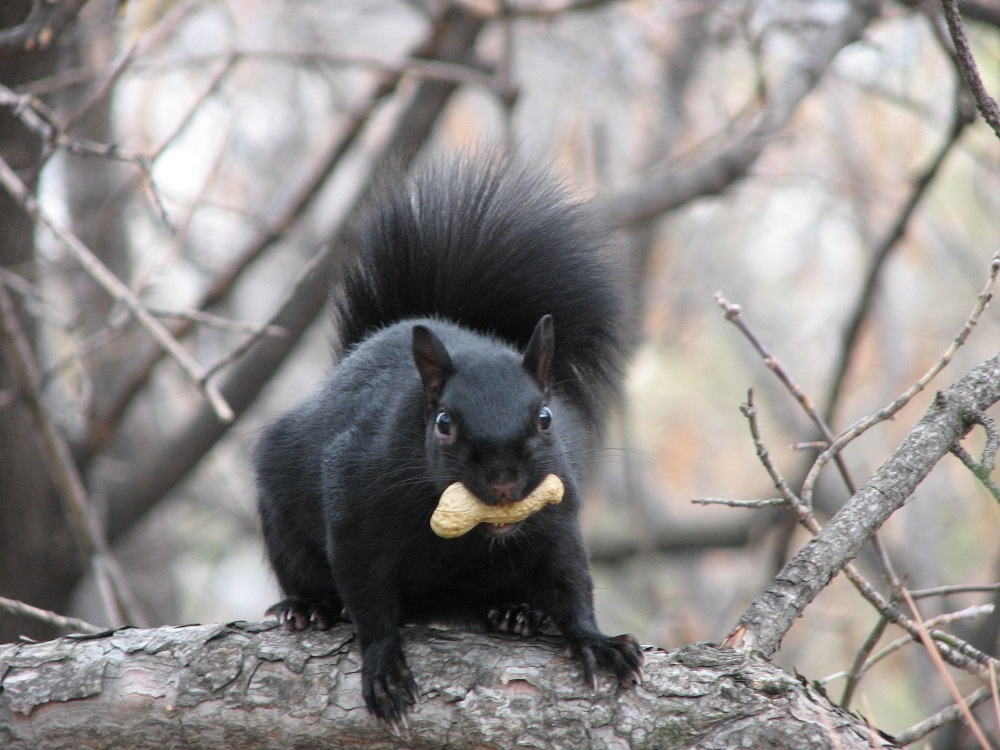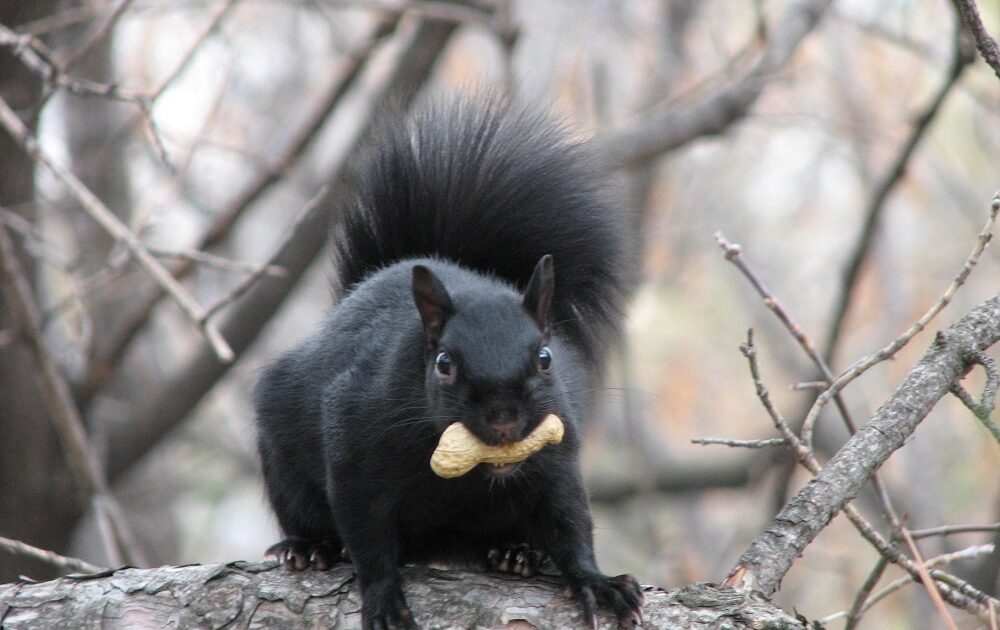When we think of squirrels, it’s usually the popular grey squirrel that comes to mind. Sometimes it is the red squirrel or fox squirrel that crosses our thoughts. But few people ever think of the black squirrel. Although the black squirrel is a relatively new species, they are an important part of the wildlife population in Oshawa and often expert squirrel removal is required when they find their way into our homes.
The Evolution of the Black Squirrel
The black squirrel is basically the product of interbreeding among the squirrel species. The cause of the black fur is Melanism, a mutation in the pigment gene passed on by fox squirrels to grey squirrels. Squirrels with one copy of this gene have brownish-black fur while those with two copies have fully black fur. Scientists discovered that England’s black-furred grey squirrels have a gene that mirrors a gene found in black fox squirrels, which are native to the North American continent. Additionally, they observed that the gene is flawed in that it is missing an element that is found in the gene carried by the fox squirrel. This combined with evidence pointing to the two squirrel species being very closely related, convinced scientists that there was a definite connection.
They came to the conclusion that mating between the two squirrel species resulted in the transfer of the gene from fox to grey squirrels. This idea of mating between squirrel species came about as scientists observed squirrels doing their ‘mating chases’ during which male squirrels chase the female squirrels they have marked for mating. Observers noticed that mating chases took place between different species of squirrels, indicating that squirrels do not stick to their own subspecies when mating.
Is There Something Super About the Black Squirrel?
This unique fur colour may be a good thing for squirrels as it makes them special. Scientists believe that this gene may give black squirrels greater ‘cold’ endurance, thereby increasing their ability to endure harsh winters better than other squirrel species. This explains, in part, why these squirrels have been able to migrate further north into the colder temperatures of places like Canada than other squirrels.
Black Squirrels in the Home

Like other members of the squirrel family, black squirrels need to keep those constantly growing front teeth under control. This means that when they get inside your Oshawa home they will be grinding them against the internal framework of the building. Your siding and attic framing are on the frontline of this assault. They will also chew into vents and electrical wiring. When your electrical wiring is damaged, your home is exposed to a greater fire risk, especially when squirrel nests which are made of pretty flammable material, like dried twigs and leaves, are nearby.
Expert Squirrel Removal in Oshawa
If squirrels have already found their way onto your property or inside your home you will need an efficient squirrel removal team to handle the intrusion problem on your Oshawa property.
But the best way to handle any wildlife intrusion in Oshawa is to prevent it. This means being vigilant and implementing humane exclusion strategies before wildlife animals approach your property. Squirrel exclusion strategies include removing items that attract the seed and nut hoarders and installing barrier systems to keep them out. You should also repair holes that may allow squirrels to get inside your home. If you have uncovered vents and chimneys, you should have them capped as well. Expert wildlife prevention and control teams like Skedaddle can help you with these and other squirrel prevention strategies.





